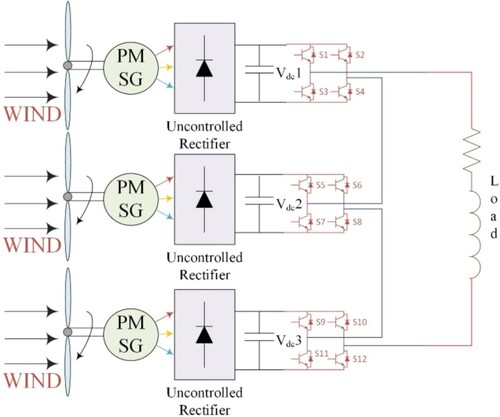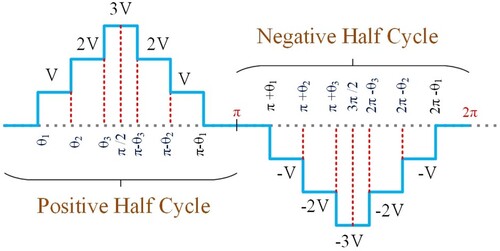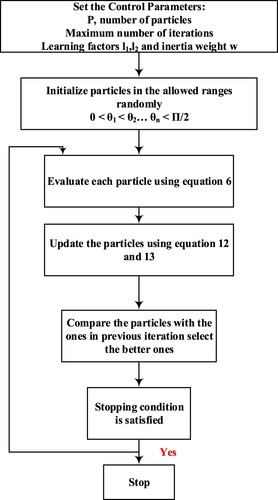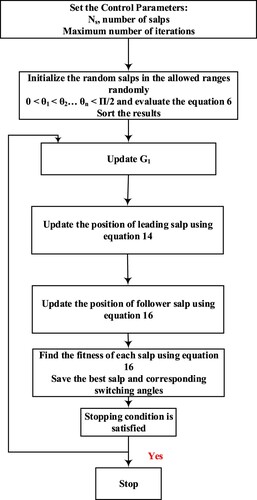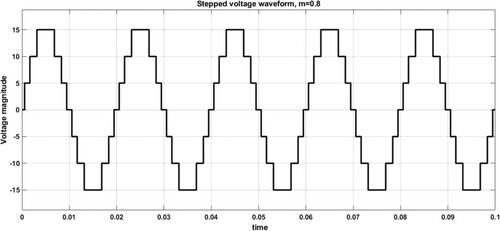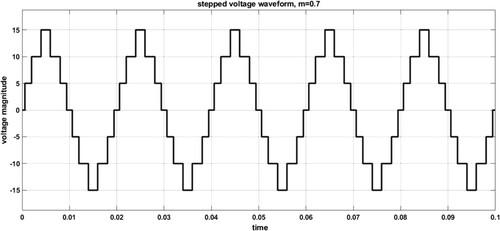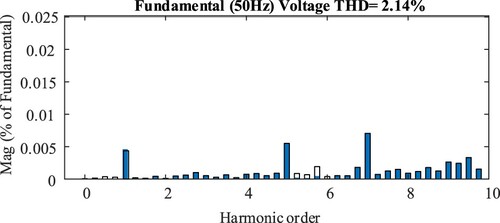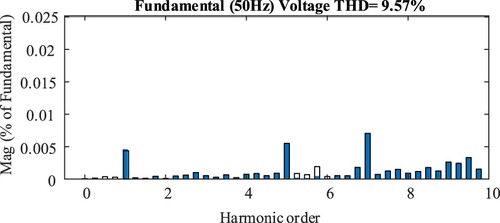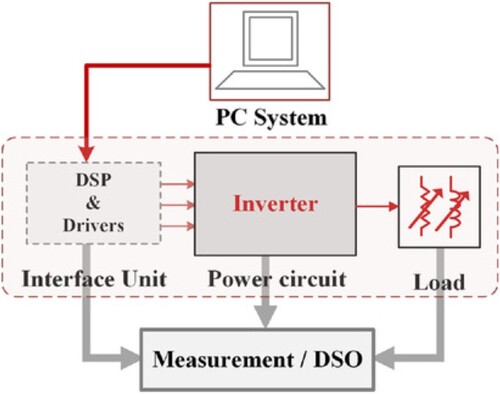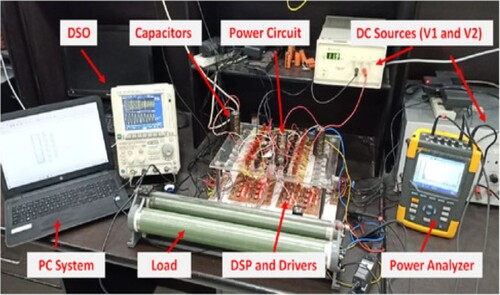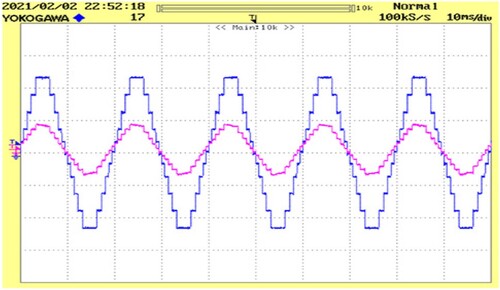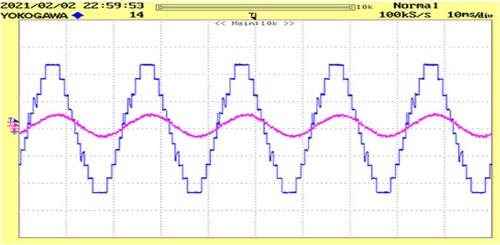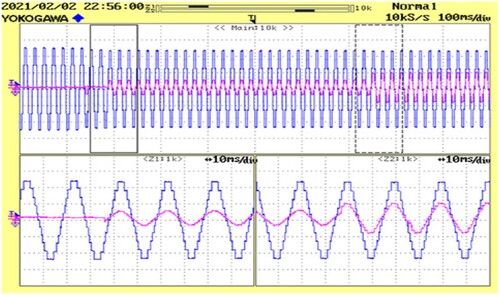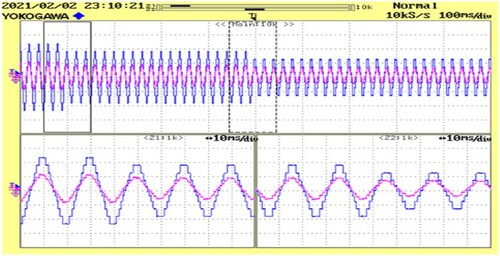Figures & data
Table 1. GA specifications utilized in the simulation.
Table 2. Switching degree, modulation indices, and total harmonic mean values for 7-level cascaded H-bridge multilevel inverters.
Table 3. Switching degrees, modulation indices, as well as total harmonic estimates for a cascaded eleven-level H-bridge multilevel inverters.
Table 4. Modulation indices, switching degrees, and total harmonic estimates for fifteen-level cascaded H-bridge multilevel inverters.
Figure 5. Total harmonic estimates and relatively closer optimal degrees determined with SSA for 7-, eleven-, and fifteen-level inverters.
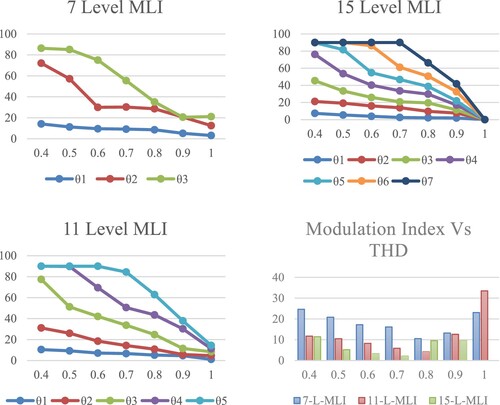
Figure 6. Total harmonic estimates and relatively closer optimal degrees determined with MNSGA-II for 7-, eleven-, and fifteen-level inverters.
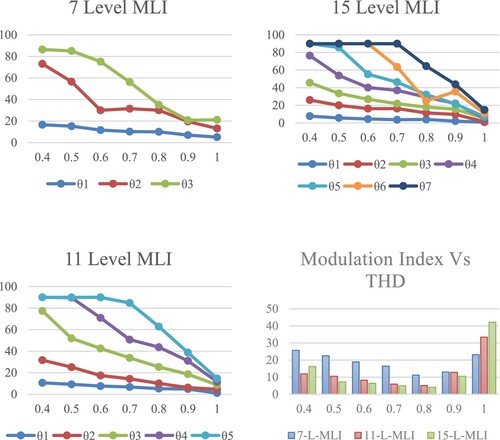
Figure 7. PSO yields relatively closer angles for 7-, eleven-, and fifteen-level inverters, as well as total harmonic estimates.
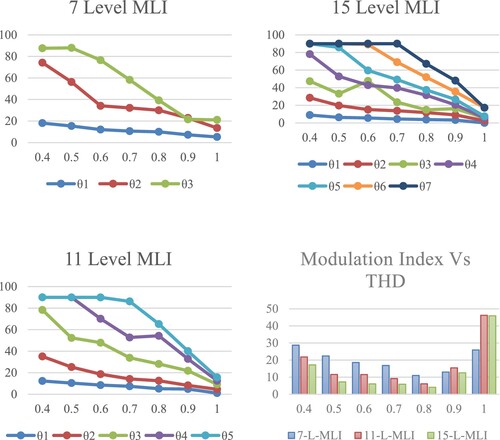
Figure 8. GA yields relatively closer angles for 7-, eleven-, and fifteen-level inverters, as well as total harmonic estimates.
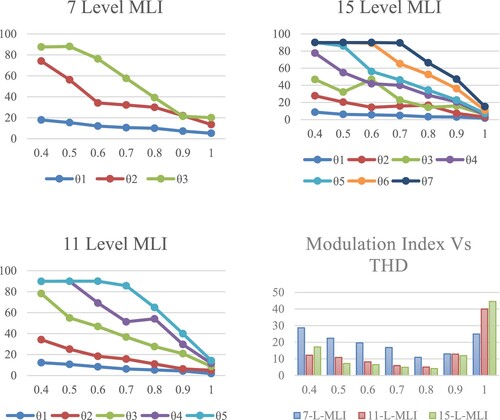
Table 5. Experimental testing specifications.

